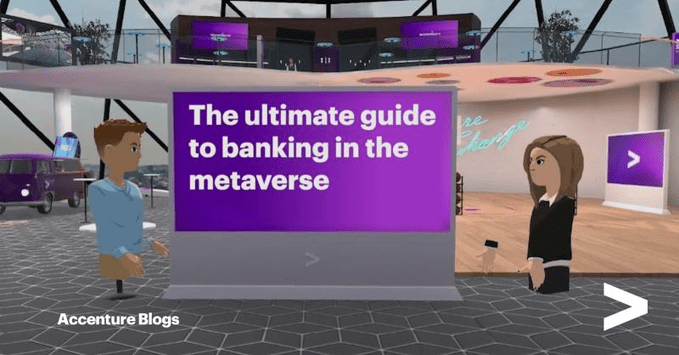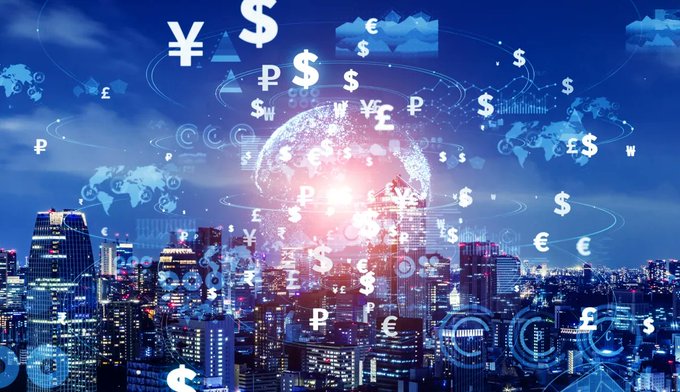When Neal Stephenson coined the term “metaverse” in his 1992 science-fiction novel, Snow Crash, he could hardly have foreseen that the phrase would be everywhere by late 2021. With bigtech giants like Tencent, Meta and Microsoft all making big bets on the metaverse, there is little doubt that the internet is on the verge of an evolutionary leap.
In this new phase of the internet, it will evolve from a disparate collection of sites and apps into a persistent 3D environment where moving from work to a social platform is as simple as walking from the office to the movie theater across the street. Beneath the user experience of inhabiting a digital world with a sense of presence, the next generation of digital technologies make it all possible with a data framework that generates veracity, scarcity, and even trust.
Just like the real world, this virtual world where people can transact and own or lease digital assets will need financial services. Therein lie exciting opportunities for banks to enable payments, investment, insurance and loans in the metaverse economy. But the potential doesn’t end there—the metaverse also offers banks the opportunity to put the humanity back into banking.
Mots-clés : cybersécurité, sécurité informatique, protection des données, menaces cybernétiques, veille cyber, analyse de vulnérabilités, sécurité des réseaux, cyberattaques, conformité RGPD, NIS2, DORA, PCIDSS, DEVSECOPS, eSANTE, intelligence artificielle, IA en cybersécurité, apprentissage automatique, deep learning, algorithmes de sécurité, détection des anomalies, systèmes intelligents, automatisation de la sécurité, IA pour la prévention des cyberattaques.






